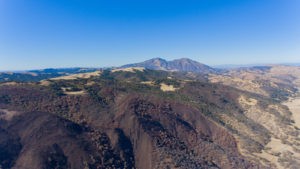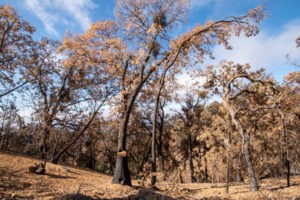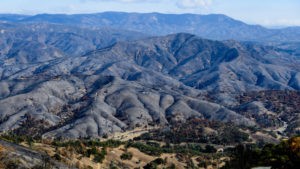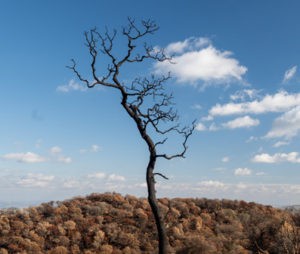Save Mount Diablo explores aftermath of wildfires
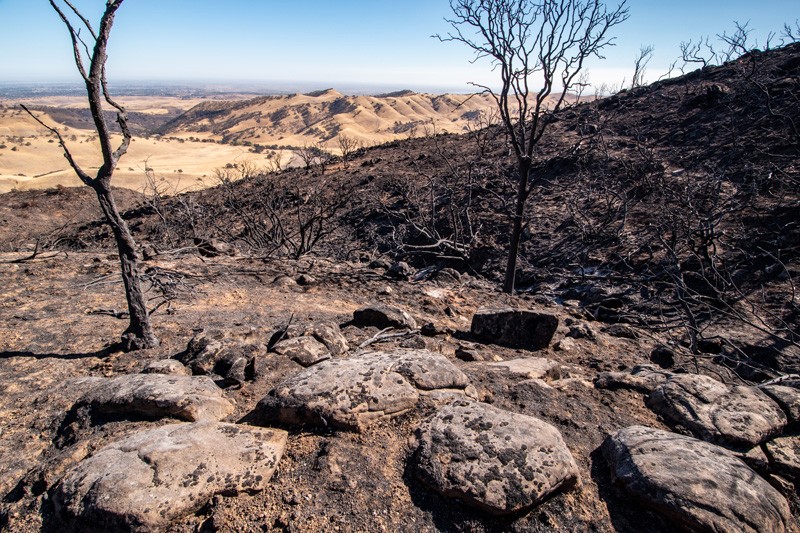
New “Diablo Range Revealed” series explores plants, animals and ecology.
CONTRA COSTA COUNTY—Remember this past summer’s wildfires? Who could forget them!
The smoke that engulfed us back in August were part of California’s third biggest fire ever, the SCU complex.
Sweeping across nearly 400,000 acres of the Diablo Range over 44 days, the fires consumed or damaged 248 structures and left a charred landscape.
Now, the flames and smoke are gone, but their impact will echo for years.
Adapting to fire
To explore that impact and share what they learn with the public, local nonprofit Save Mount Diablo is launching its Diablo Range Revealed project. Over the next three years, they will produce articles and videos about the plants, animals, and ecology of the northern Diablo Range, from Mount Diablo to Pacheco Pass.
Mount Diablo’s habitats, like many others in California, are adapted to fire. In fact, after the Morgan Fire in 2013, flowers that hadn’t been seen in 40, 80, or 125 years began sprouting, and unusual amphibians were thriving.
Now, California’s in a drought, temperatures are rising, and the world is changing because of the climate crisis in ways we don’t fully understand. What will be the aftermath of the SCU fires in this changing context?
One ecologist, Hugh Safford, surveyed a huge ranch in the heart of the fire footprint. He said, “For the most part, it was like a really big, well-carried out prescribed fire.” Grasslands will come back quickly after the first rains, he added. He also noted that while there are some places where landowners probably do need to be concerned about erosion, “the fire effects themselves are nothing to write home about.”
Most oaks will survive, he said. Chaparral burned hot, as it always does, and is well equipped to regenerate.
Ghostly landscape
Chaparral fires often leave a ghostly landscape of blackened shrub skeletons. In places where the fire burns hotter, even the skeletons burn up, leaving only the plants’ root crowns or “burls” poking up a few inches. In the SCU fire, however, ecologist Hugh Safford found whole slopes where even the root crowns were incinerated, leaving only holes filled with white ash.
“I’ve seen that before, but not on this scale, where there were whole hillsides with all the burls burned out,” Safford says. “Probably that’s because there was so much fuel on that site. Those areas hadn’t burned in more than 100 years.”
What’s likely to happen in these hot spots? “I’m sure there’ll be an amazing flower show,” Safford says. “And probably the shrub response will be just a little bit slower because they’ll have to come back through seedling recruitment rather than through re-sprouting.”
Want to learn where to find the region’s most spectacular post-fire wildflower displays? Wonder about the effects of climate change on the region’s plants and animals? Want to know how Californians can live sustainably in a fire-prone future?
Join Save Mount Diablo in the fire zone, for Diablo Range Revealed! For more information, visit their website

